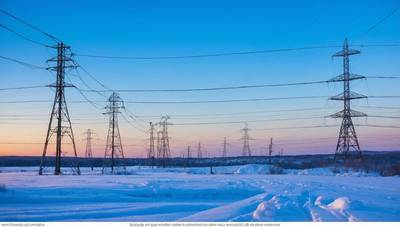New England grid oil-fired electricity surges 10-fold during cold weather
New England's electricity grid relied heavily on oil-fired generators during a cold snap in January, with a surge of more than 10 times the previous year.
Why it's important
New England's electric grid produces more greenhouse gases when power plants use more fuel oil. This is in contrast to times when cleaner fuels were more common. Gas is the dominant fuel in New England, but generators often switch to alternative fuels when gas prices rise or supplies become scarce. According to EPA statistics, carbon dioxide emissions from oil-fired power plants can reach 2,000 pounds of CO2 per megawatt-hour, which is more than twice as much as a gas-fired facility.
New England is the region in the northeastern United States which includes six states.
By the Numbers
According to ISO New England's grid operator, oil-fired power plants produced almost 450,000 megawatts of electricity in January. This compares to less than 45 megawatt hours in the same period of 2024. On Jan. 21, oil-fired electricity peaked, producing almost 30% of the grid’s electricity. ISO New England reports that oil-fired power accounts for 1% of grid generation on a typical day. (Reporting and editing by Rod Nickel; Tim McLaughlin)
(source: Reuters)


